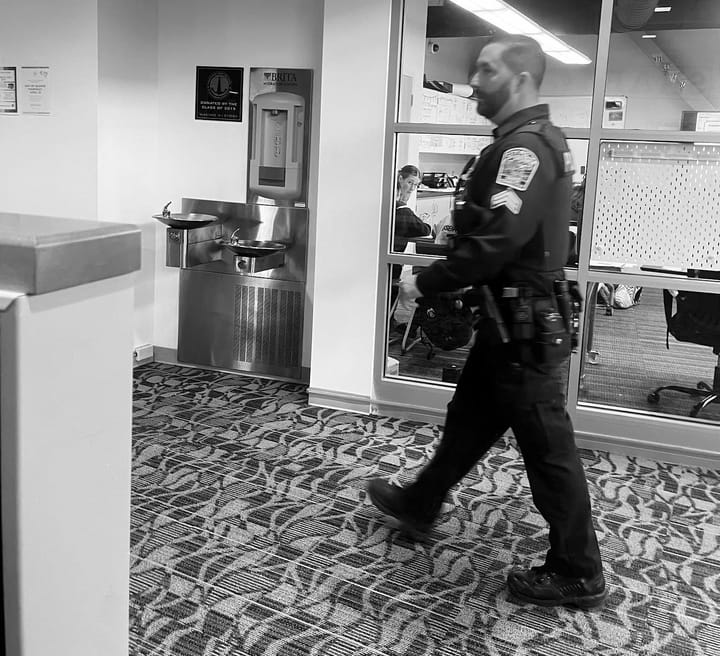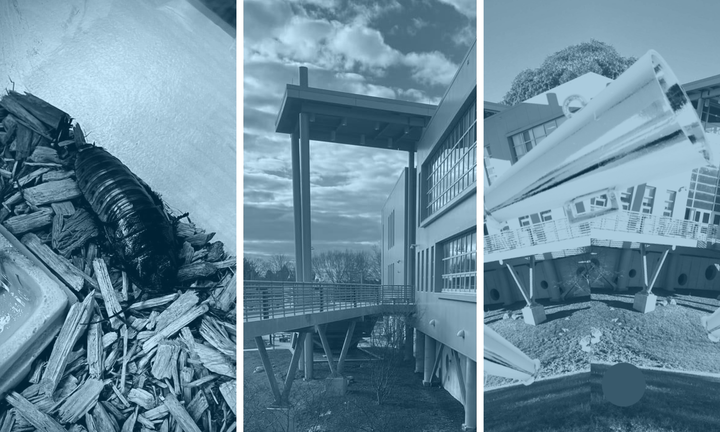Big Changes Are Coming to the Aqualab
A roundup of projects and plans for the MSMHS aquaculture lab.
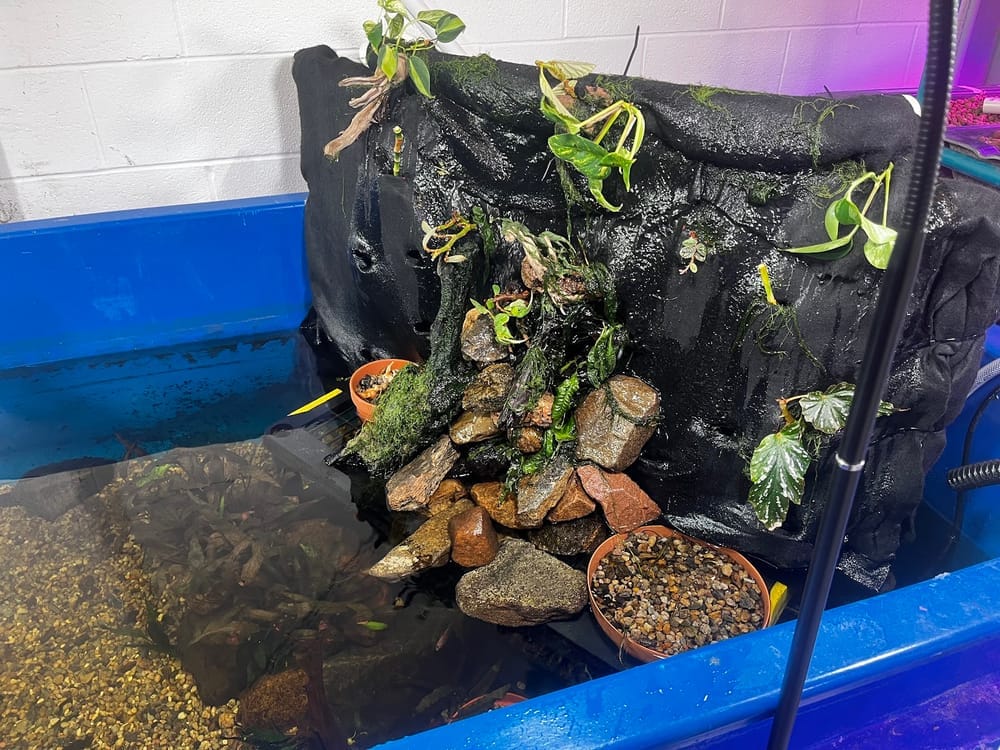
Revitalizing the Grow Bed Area
One of these ongoing projects is the revitalization of the grow bed area, which includes getting rid of the old grow beds and completely redoing them. The current grow beds are planted with multiple edible plants, including marjoram, basil and, lavender. The grow beds are currently attached to the koi tank and filter the water through the plants, cleaning the water and providing nutrients for the plants.
Aquariums and Paludariums
In Aquaculture III, students take care of aquariums and paludariums (tanks that include both land-based and aquatic plants) that they’ve built and planted. While most students opted to build an aquarium and focus on fully aquatic species, several students chose to build a paludarium, featuring both fully aquatic and semi-aquatic species such as vampire crabs, a small crab species that needs both water and land. In the aquariums, there are several species students are working with, including zaire dwarf frogs, various tetra (a type of fish), and guppies.
The Growing Wall
A second project in Aquaculture III, is the growing wall, a vertical wall with pockets that substrate and plants. Water will follow a pipe up the side of the growing wall to a spray bar, which distributes water down to the plants. Unused water flows down through the koi tank and recycles through the system.
Outside Grow Beds
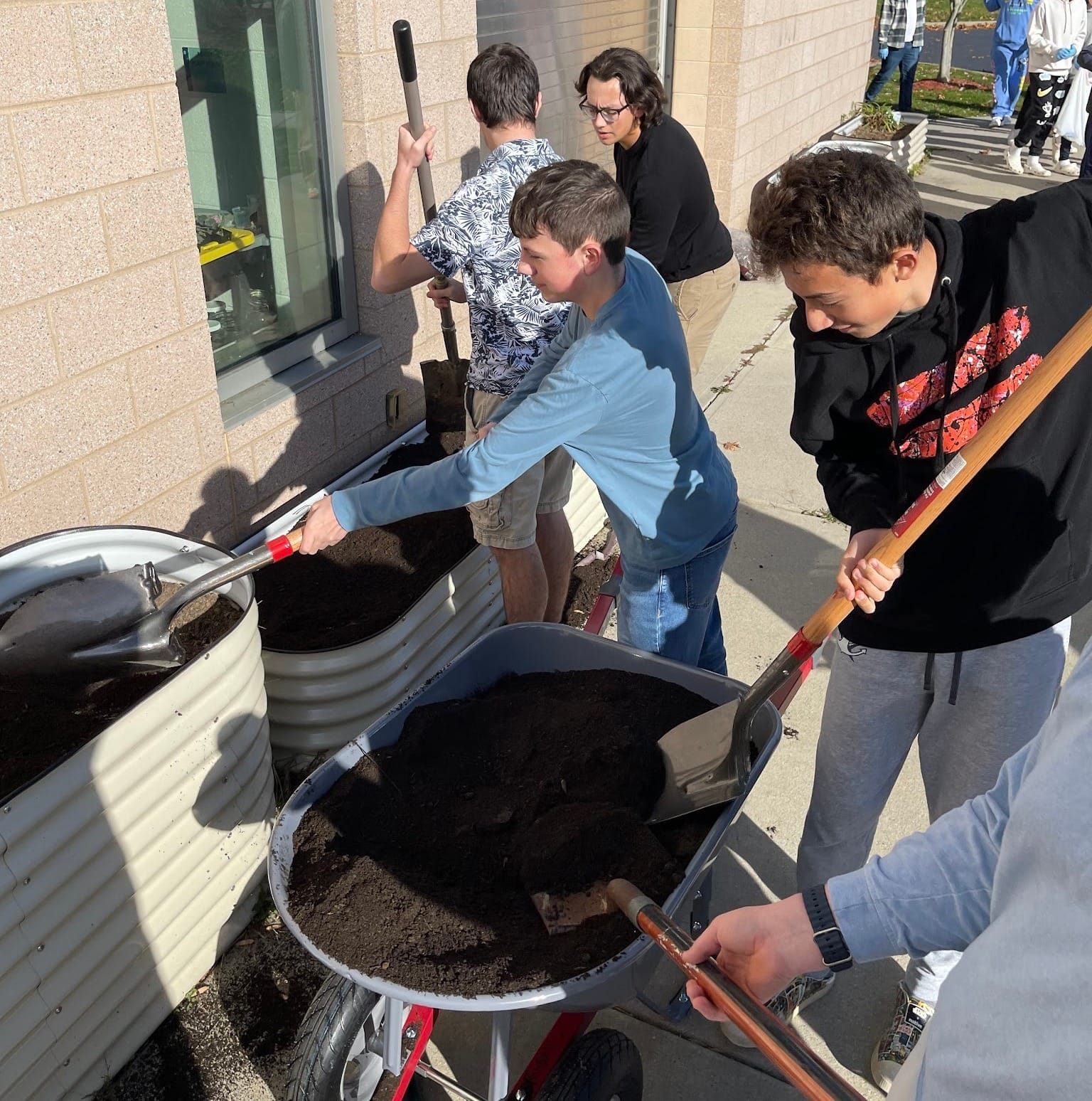
Just outside the aquaculture lab, there are several grow beds that will be planted when it gets warmer. Mr. Guyot has said that he would like all of these plants to be native, allowing the grow beds to provide habitat for “endangered butterflies” and “create an ecosystem that’s a little bit more habitable to native wildlife.”
The New Coral Tank
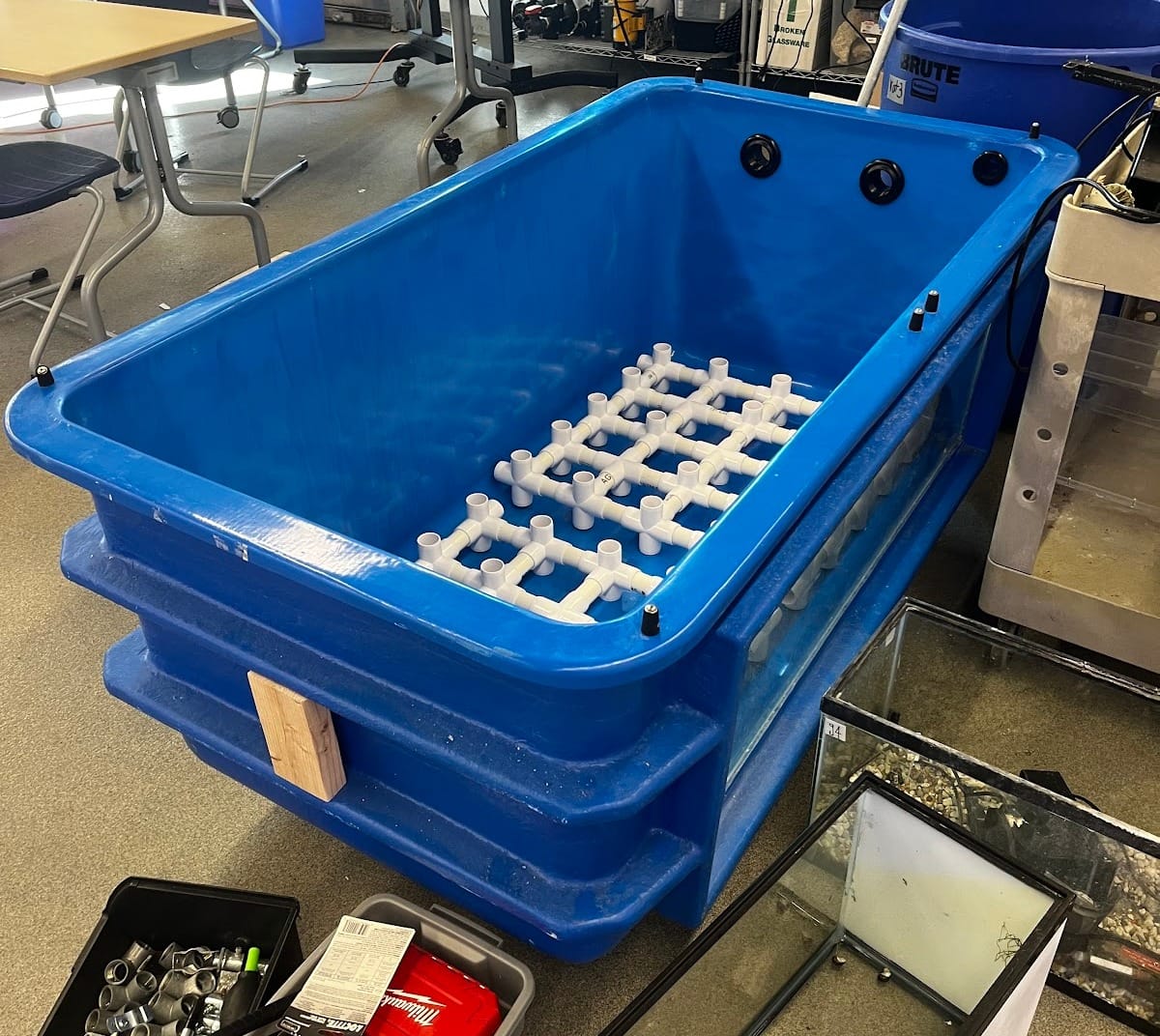
One of the biggest projects in the lab is the new 180-gallon coral tank, which was acquired by MSMHS after the defunding of Norwich Free Academy’s aquaculture classes. Aquaculture teachers Mr. Guyot and Mr. Litvinoff and senior Theo McGee are currently working to get it ready to integrate with the larger coral propagation system. Theo is currently building the PVC structure inside to hold coral and Mr. Litvinoff and Mr. Guyot are working on ways to merge the tank with the already existing system.



